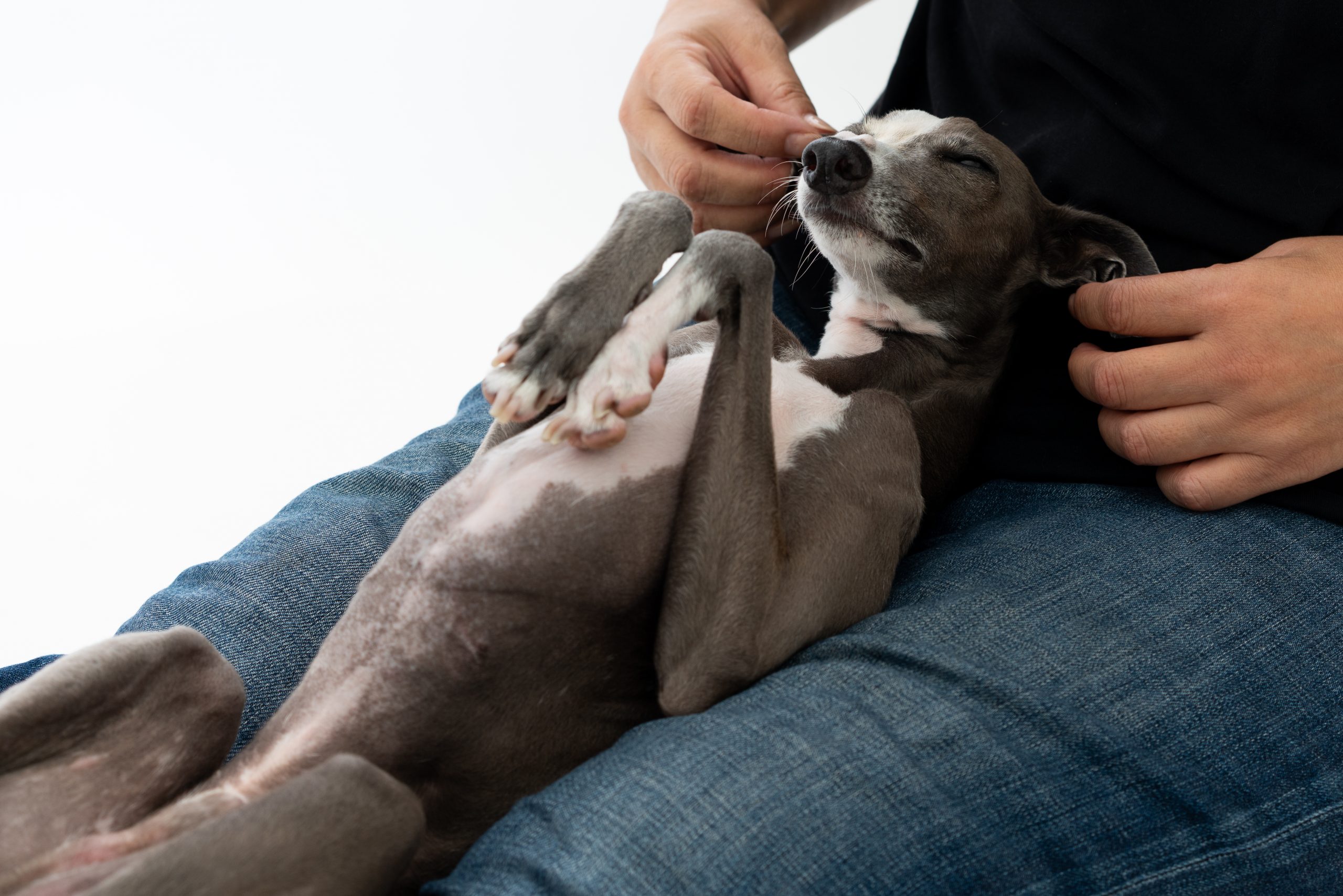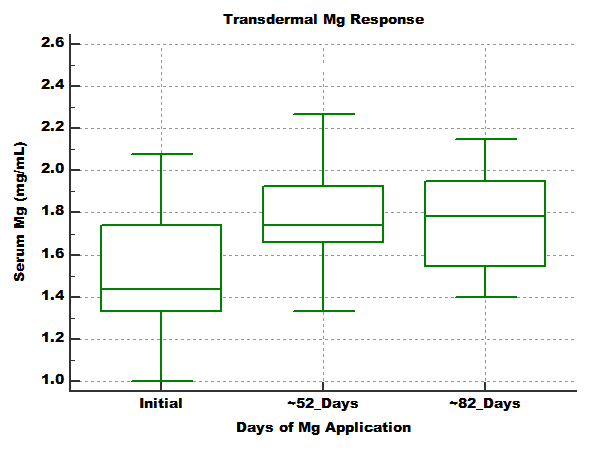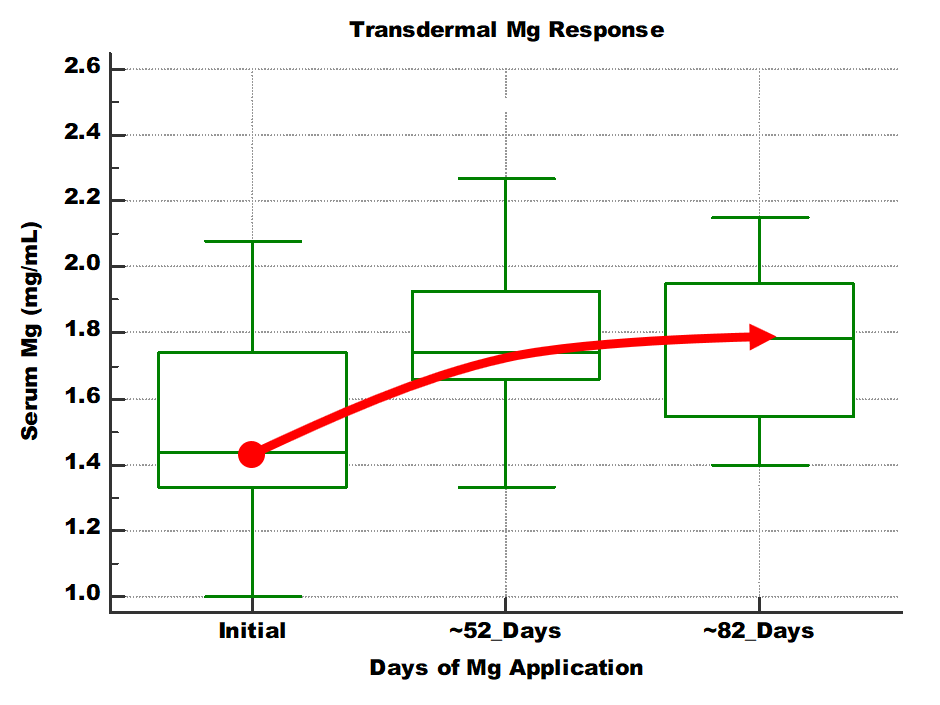
Background:
Magnesium, an essential vitamin, is required for the proper & efficient function of over 600 biological pathways. Think of it like motor oil for an engine; Without proper magnesium levels, these pathways aren’t going to work at optimal efficiency. Testing magnesium levels in your patients is the first step, and when deficiency is identified, corrective action may include supplementation.
Identifying Magnesium Deficiency
Testing is the best option for identifying magnesium deficiency in dogs and cats. Whether you’re being reactive to the signs of the animal, or proactive in evaluating nutritional status, testing provides the clearest answer if hypo/hypermagnesemia exists.
Be on the lookout: Signs of Magnesium Deficiency
- Muscle weakness or trembling
- Hyperactive or improperly triggered reflexes
- Difficulty walking
- Muscle pain
- Heart arrhythmia
- Lethargy or abnormal behavior
Patients worth evaluating magnesium levels:
- Malnutrition/Poor diet
- Diabetes
- Kidney damage
- Treatment with diuretics
- Disease inhibiting absorption of nutrients
Correcting Low Magnesium
Once a low, or low normal, magnesium has been identified correcting it can be straight forward. Three main options exist:
- Diet Change
- Oral Supplementation
- Transdermal Supplementation [recommended]
Diet Change:
As with all essential vitamins, magnesium is obtained through diet. When diets are poor, there may be one or more of these nutrients that are lacking. Unfortunately because of the complexity of diet, making changes impacts many more things than magnesium alone, making this an less-than-ideal way to improve just the magnesium levels.
Oral Supplementation
While oral supplements are effective at increasing magnesium levels, they run the risk of causing GI distress. Magnesium is a mineral that attracts water, so when it reaches the intestines it pulls in water from surrounding tissue and may cause diarrhea and discomfort in the dog or cat. This makes it a bit more challenging as a supplement for daily use.
Transdermal Absorption [recommended]
Transdermal absorption using a topical cream, oil, or lotion is an effective method of raising magnesium levels in the cat or dog. Applying magnesium product to unbroken skin will raise magnesium levels without the side effects seen with oral supplementation.
As demonstrated, magnesium lotion applied to the skin increases serum Mg levels. Similar to supplementation for Vitamin D, and B12, when the proper daily dose is given, the magnesium level plateaus and will remain stable unless diet, health status, or supplementation changes. Unlike VitD & B12 (70 days), magnesium reaches equilibrium around 90 days.
Magnesium Lotion For Pets
by MagnumSolace
VDI has validated the efficacy of a “formulated for pets” product made by MagnumSolace for the correction of magnesium deficiency. A simple, pump action topical lotion for cats and dogs.

Magnesium Lotion for Pets
- Natural Ingredients (magnesium oil, sweet almond oil, mango butter, beeswax)
- 50 mg of Magnesium per mL
- Small pump volume for precision dosing: 0.23mL per pump
- Human grade/ Human safe
Directions for Use:
It’s recommended patients are tested prior to supplementing with Magnesium Lotion. VDI Lab provides patient-specific dosing guidelines, integrated into the magnesium lab report. Using the recommended dose, pump the required amount of lotion onto the tips of fingers and rub into unbroken skin of the cat or dog; either underbelly or pinna of the ear.
- Magnesium Lotion For Pets is designed as a daily topical lotion
- It’s safe for the pet to lick the lotion, however for proper absorption prevent licking when possible.
- Product is safe for human skin. Do not use Magnesium Lotion For Pets for treating human magnesium deficiencies without consulting a doctor or manufacturer.
Contact VDI with questions regarding Magnesium, Magnesium Lotion for Pets, or testing in general.
805-577-6742 | office@vdilab.com


